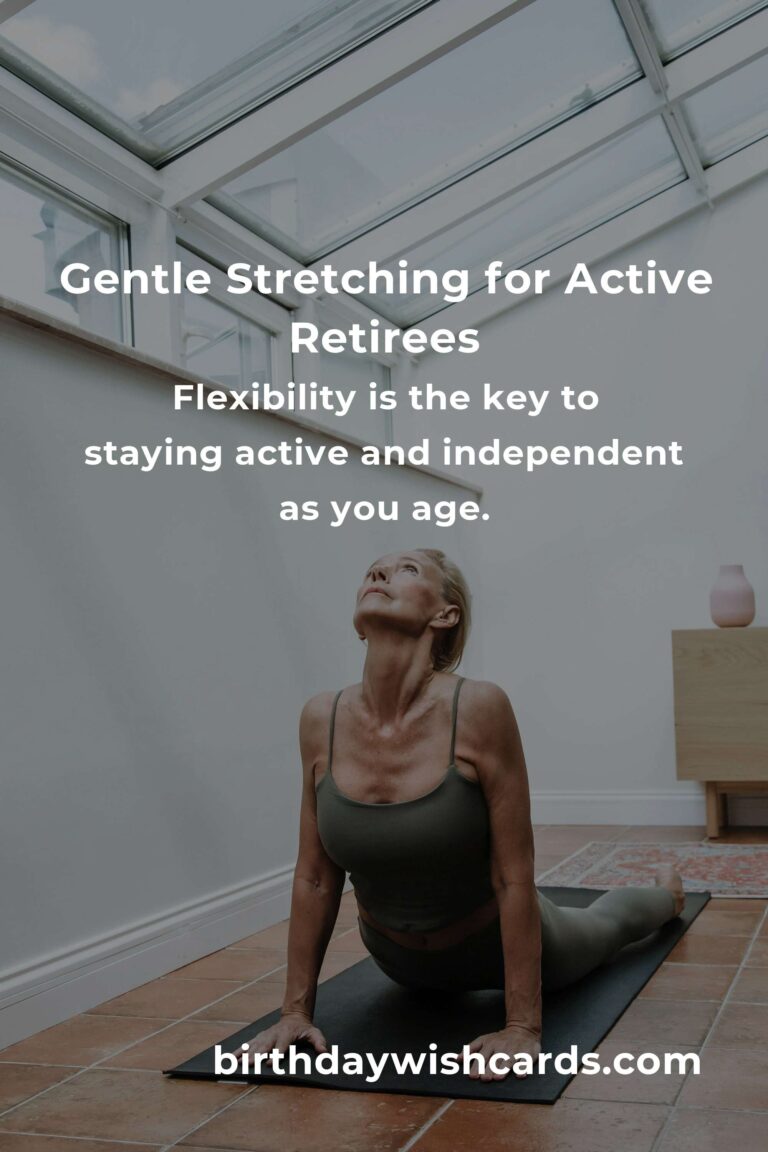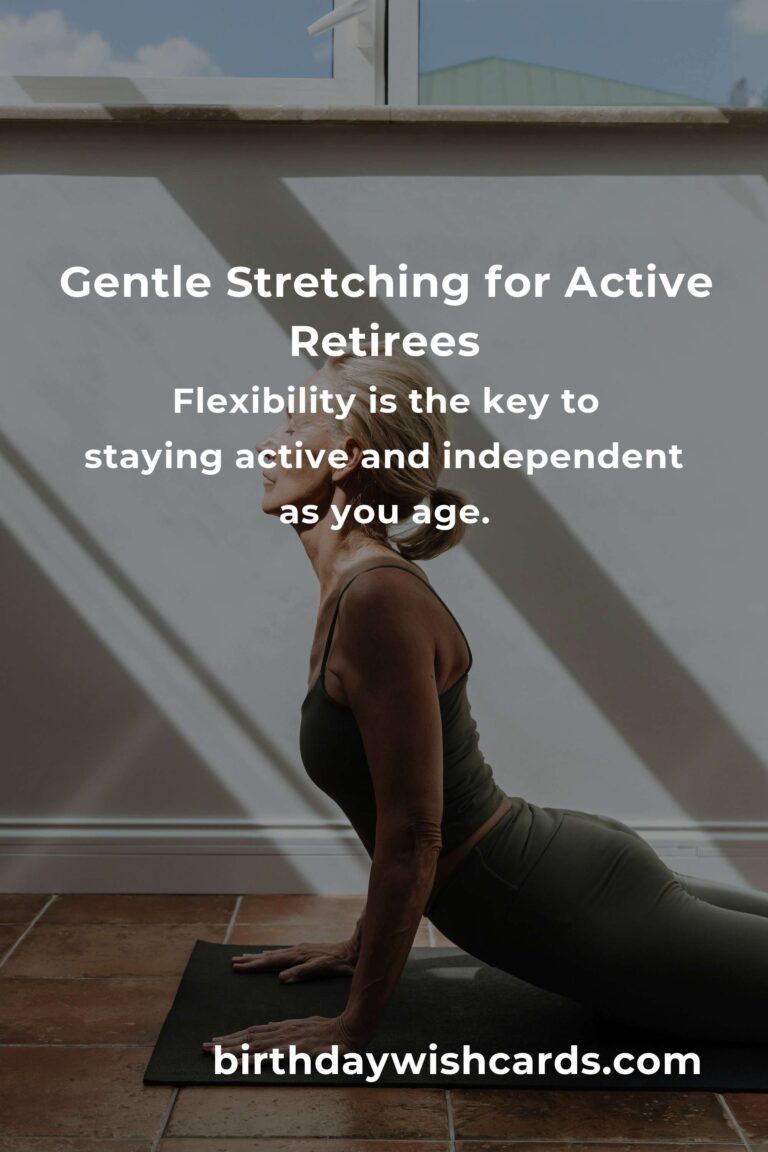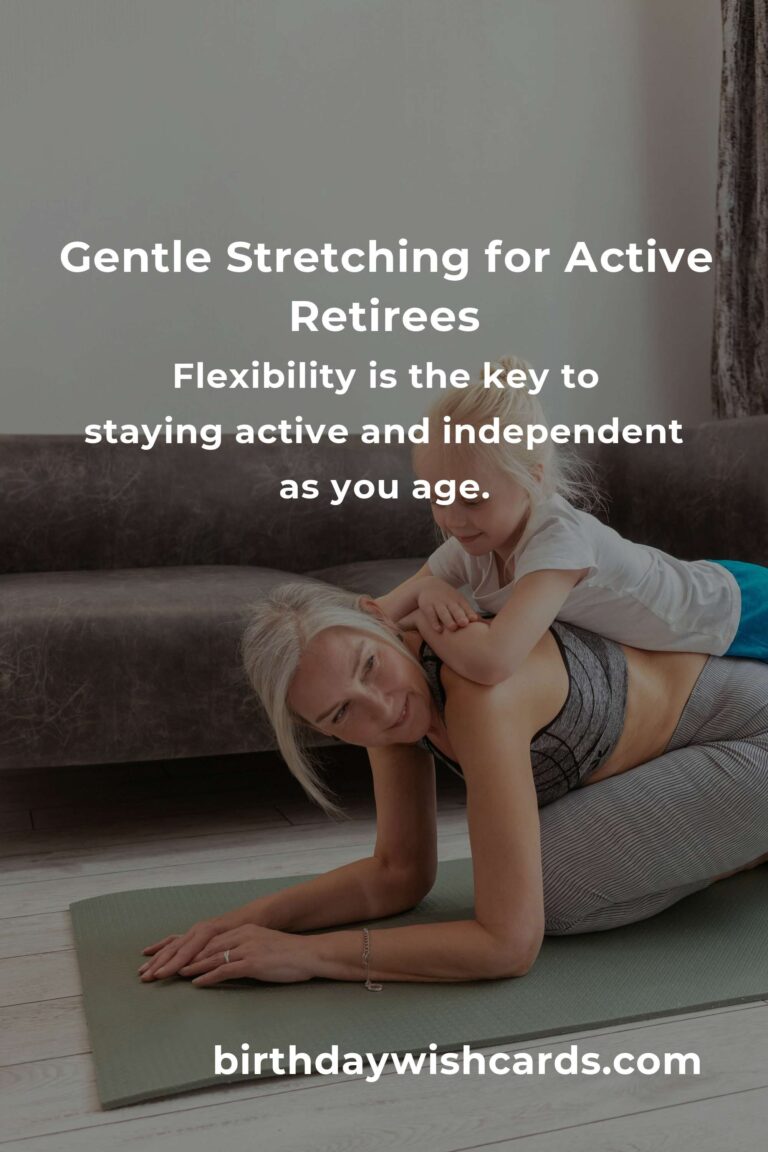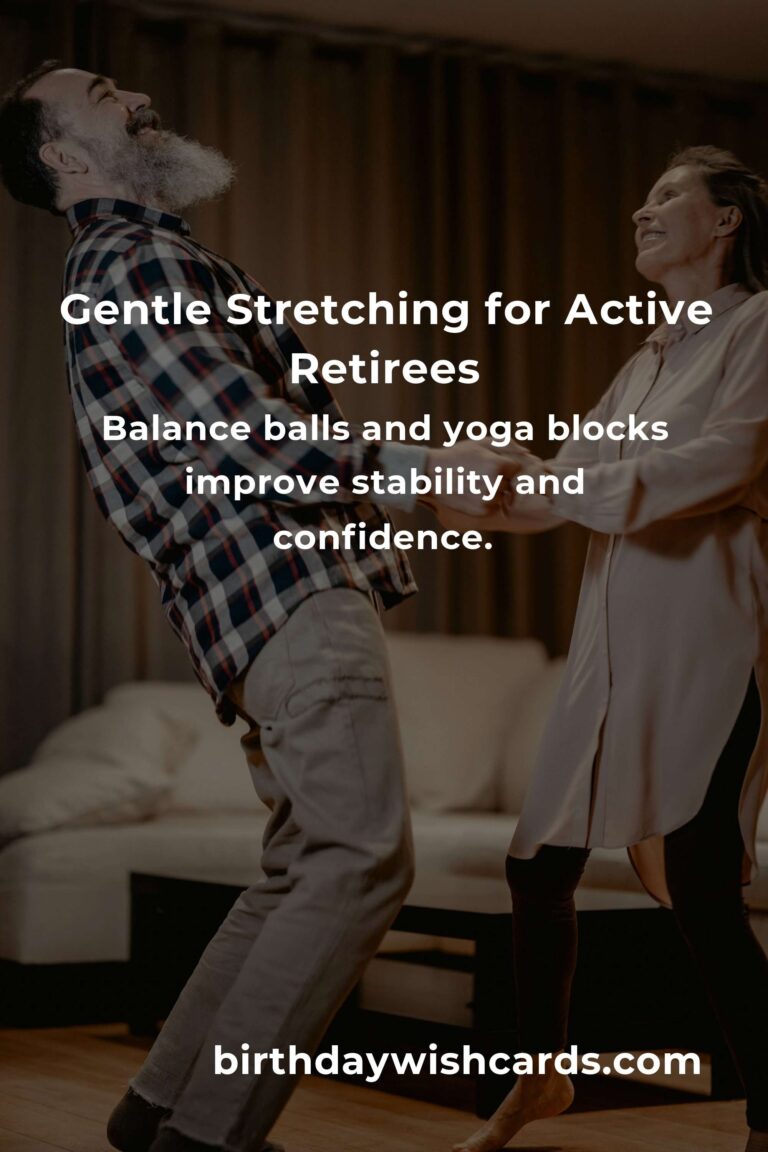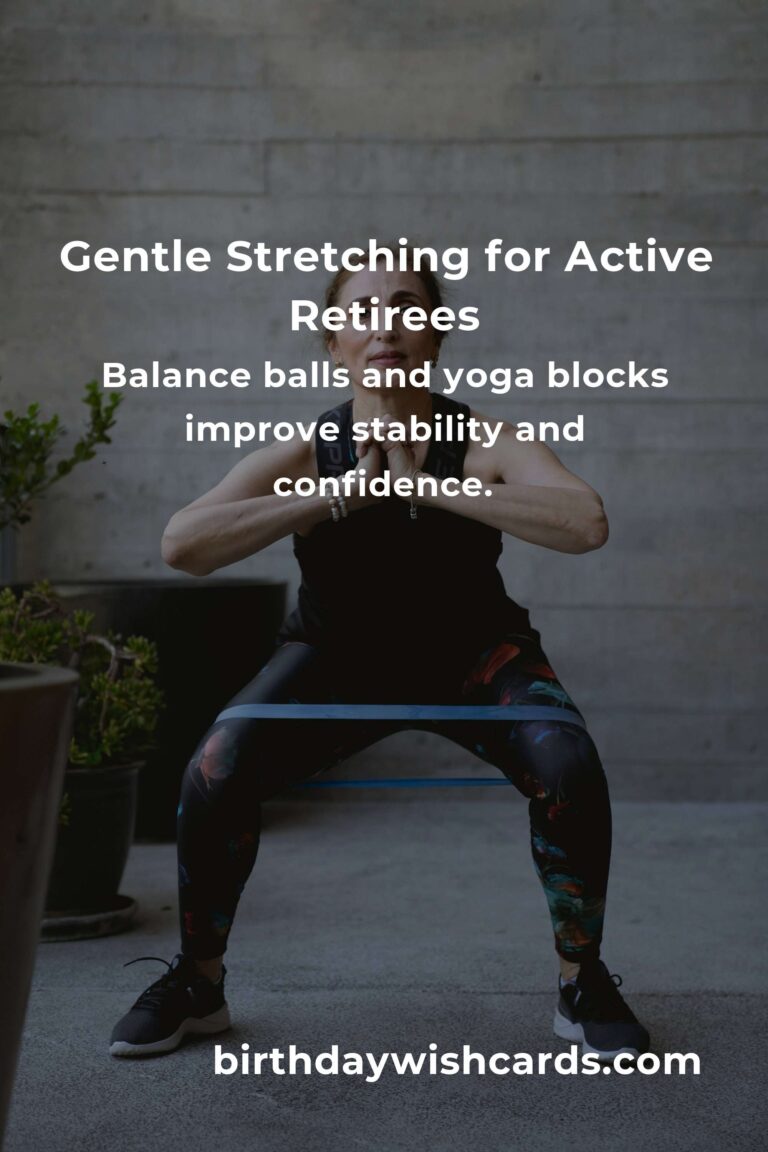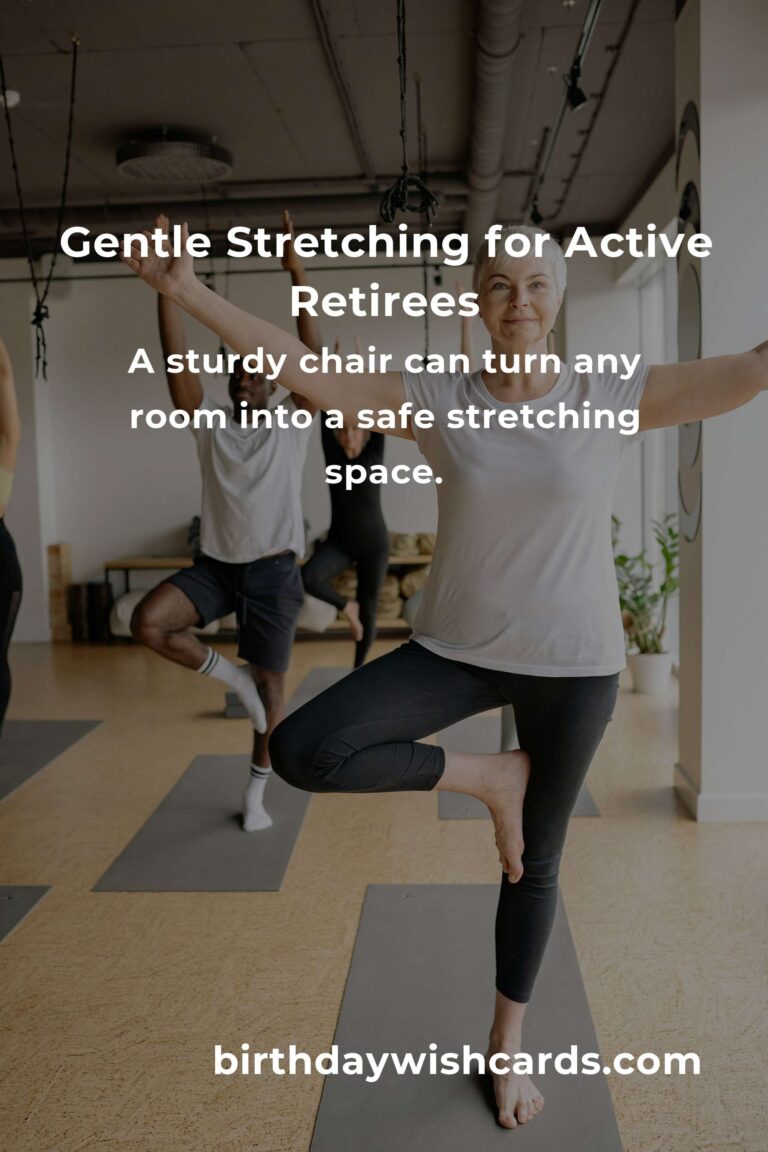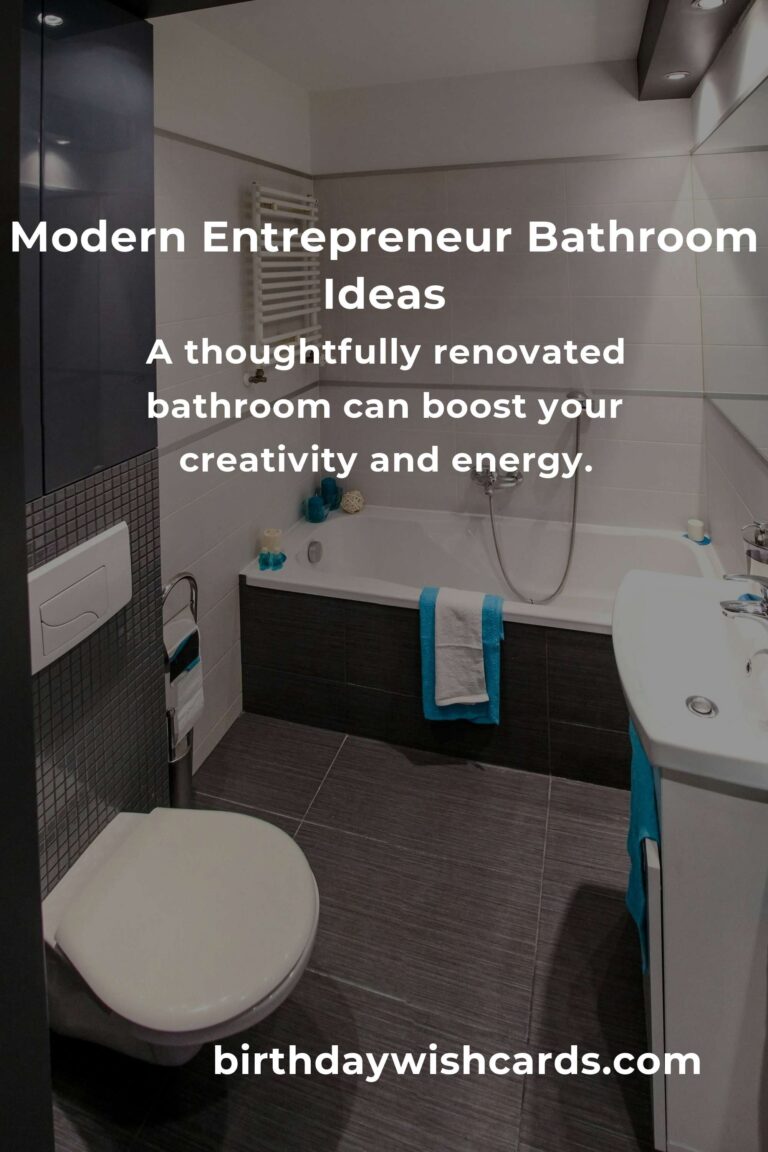
Retirement is a new chapter—one filled with freedom, adventure, and the opportunity to invest in your greatest asset: your well-being. As we age, maintaining and improving flexibility is not just about touching your toes; it’s about empowering yourself to live fully, move confidently, and savor every moment. Whether you dream of traveling, playing with grandkids, or simply enjoying pain-free days, flexibility is the foundation. In this comprehensive guide, we’ll explore the best flexibility equipment for retirees, how to use it, and tips to make stretching a joyful part of your daily routine.
Why Flexibility Matters More Than Ever
Our bodies change with age. Muscles lose some elasticity, joints can stiffen, and everyday tasks may become challenging. But here’s the good news: it’s never too late to improve. Enhanced flexibility helps you:
- Reduce the risk of falls and injuries
- Improve posture and balance
- Ease aches and pains
- Stay independent longer
- Boost mental well-being
Best of all, flexibility training can be gentle, enjoyable, and fit easily into your life. The right equipment can make all the difference, providing support, variety, and motivation.
Choosing Flexibility Equipment: What to Look For
Before diving in, consider a few key points:
- Safety: Look for stable, non-slip materials and equipment designed for seniors.
- Ease of Use: Choose items you can use independently or with minimal instruction.
- Adaptability: Equipment that can grow with you, offering different levels of challenge.
- Comfort: Soft, supportive, and gentle on your joints.
Top Flexibility Equipment for Retirees
Let’s explore some essential tools to help you stretch safely and effectively. Each piece is chosen with seniors in mind—balancing safety, comfort, and results.
1. Stretching Straps
Stretching straps are simple but powerful aids. Made from durable fabric, they help you hold stretches longer and more comfortably. With handles or loops, you can ease into deeper stretches without straining.
- How to Use: Loop the strap around your foot or hand for gentle hamstring, quad, or shoulder stretches.
- Benefits: Increases range of motion without risk of overstretching.
- Tip: Look for straps with multiple loops for adjustable resistance.
2. Yoga Mats
A high-quality yoga mat provides cushioning for your knees, hips, and back. It creates a comfortable surface for floor stretches, yoga, or Pilates, reducing discomfort and risk of slipping.
- Features: Non-slip surface, extra-thick padding, easy to clean.
- How to Use: Lay it down for seated, lying, or standing stretches.
- Tip: Choose a wider mat for extra stability.
3. Foam Rollers
Foam rollers are fantastic for self-massage and myofascial release. Rolling out tight muscles improves flexibility and circulation, and can relieve tension after exercise or a long day.
- How to Use: Gently roll your back, calves, or thighs over the foam cylinder.
- Benefits: Loosens knots, enhances mobility, reduces soreness.
- Tip: Start with a softer, low-density roller for gentle pressure.
4. Resistance Bands
These stretchy bands come in various strengths and are ideal for gentle stretching and strength building. They’re lightweight, portable, and versatile—perfect for home or travel.
- How to Use: Loop around legs or arms for controlled stretches.
- Benefits: Adjustable resistance, supports gradual progress.
- Tip: Try a set with different levels to customize your routine.
5. Balance Balls (Stability Balls)
Balance balls encourage core strength and flexibility, supporting a variety of seated and lying stretches. They also help with balance and posture, making them a dual-purpose tool.
- How to Use: Sit or lie on the ball for gentle backbends, hip openers, and side stretches.
- Benefits: Engages multiple muscle groups, improves stability.
- Tip: Choose a burst-resistant ball sized to your height.
6. Yoga Blocks
Yoga blocks are supportive props that help you achieve proper alignment, especially if you have limited flexibility. They “bring the floor closer,” allowing for safe, comfortable poses.
- How to Use: Place under hands, feet, or hips in seated or standing stretches.
- Benefits: Reduces strain, increases confidence, encourages better posture.
- Tip: Foam blocks are lightweight and gentle on joints.
7. Chair or Stability Stool
Never underestimate the power of a sturdy chair! Seated stretches are safe and supportive, especially if you have balance concerns or limited mobility.
- How to Use: Perform seated hamstring, hip, or side stretches.
- Benefits: Enhances stability, great for those new to flexibility training.
- Tip: Avoid chairs with wheels for added safety.
8. Massage Balls
Small, firm massage balls target tight spots, such as feet, hips, or shoulders. They’re easy to use and can bring relief to areas that are tricky to stretch.
- How to Use: Place under the foot or back, and roll gently to massage.
- Benefits: Reduces tension, improves blood flow, relieves plantar fasciitis.
- Tip: Try different sizes for targeted relief.
Sample Flexibility Routine for Retirees
Ready to get started? Here’s a gentle daily routine using the equipment above. Always begin with a warm-up, and move in a pain-free range. Consult your doctor before starting new exercise if you have health concerns.
- Seated Hamstring Stretch (Chair & Strap): 30 seconds each leg
- Standing Calf Stretch (Yoga Block): 30 seconds each leg
- Seated Side Stretch (Chair): 30 seconds each side
- Back Stretch (Stability Ball): 30 seconds
- Foam Roll Calves: 1 minute
- Gentle Chest Opener (Resistance Band): 30 seconds
- Neck Massage (Massage Ball): 1 minute each side
Repeat 2-3 times, breathing deeply and moving slowly. Make it a mindful moment you look forward to each day!
Tips for Staying Motivated and Safe
- Listen to your body—never force a stretch.
- Use equipment that feels secure and comfortable.
- Stretch regularly, even if just for 10 minutes a day.
- Invite a friend or partner for accountability and fun.
- Celebrate small improvements, not just big milestones.
Flexibility and Joy: Building a Habit for Life
Flexibility training isn’t about perfection—it’s about progress, patience, and self-care. Every stretch is a gift to your future self, a way to invest in the freedom and independence you deserve. With the right equipment and a little encouragement, you can embrace your golden years with open arms and supple muscles. Remember, you’re never too old to start—just start where you are, and let each day bring a little more ease, comfort, and joy.
Conclusion
Your retirement years can be among the most vibrant and fulfilling of your life. By choosing the right flexibility equipment and making stretching a gentle, regular practice, you’re giving yourself the tools to move with confidence, reduce pain, and savor everything this beautiful season offers. Start small, stay consistent, and celebrate every step on your journey to a healthier, happier you.
Flexibility is the key to staying active and independent as you age.
Simple equipment can make stretching safer and more comfortable.
Stretching straps and yoga mats are gentle tools for daily use.
Foam rollers and massage balls help relieve muscle tension.
Resistance bands add variety and support gradual progress.
Balance balls and yoga blocks improve stability and confidence.
A sturdy chair can turn any room into a safe stretching space.
Make stretching a joyful habit, not just a chore.
Always listen to your body and move within your comfort zone.
Every day you stretch, you invest in a more vibrant future.
#FlexibilityForRetirees #ActiveAging #SeniorFitness #HealthyRetirement #GoldenYearsWellness #StretchingJourney #StayIndependent #RetirementGoals #GentleExercise #EmbraceMovement


